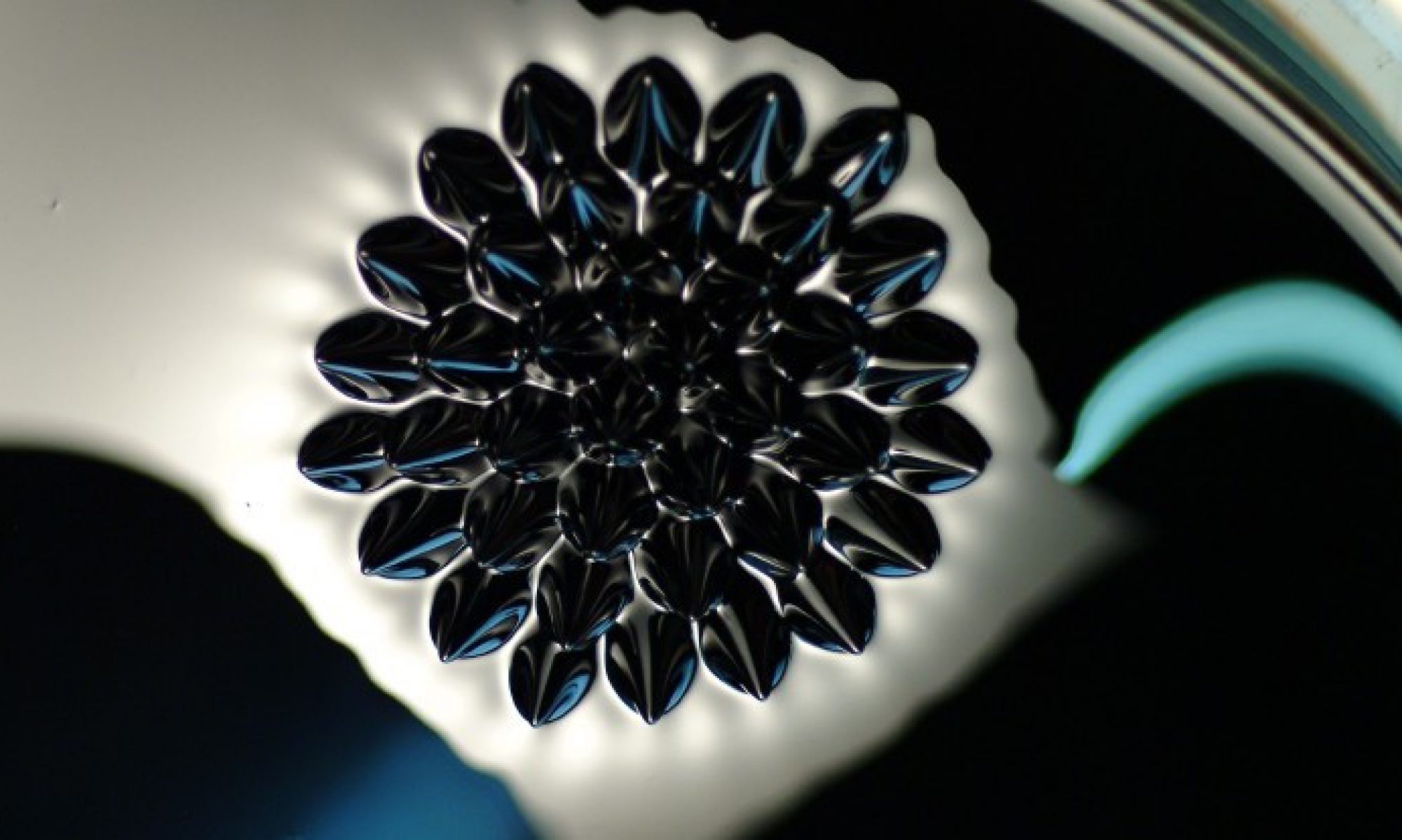An introduction to transport phenomena, course given to 3rd year students in the engineering curriculum at ESPCI Paris
This course will give the basis to answer all kinds of questions and problems ranging from : how migratory birds can sustain long flights without overheating ? and : how long can I stand on top of Everest without gloves ? to : how can you extract heat efficiently from a computer ? how to a design a microchip to capture biomolecules ? what do cetaceans and solar heaters have in common ? why mixing in turbulent flows is so efficient ?
Bibliography for the course
- Bird, Stewart, Lightfoot, « Transport Phenomena », Wiley (1960). An old but very comprehensive reference book on momentum, heat and mass transfer.
- F. Incropera, D. Dewitt, T. Bergman & A. Lavine, « Principles of heat and mass transfer ». Wiley (2013). A good reference book on transport.
- F. Kreith, R.M. Manglik, M.S. Bohn, « Principles of heat transfer » Cengage Learning (2011). A reference book on heat transfer.
- H.S. Carslaw, J.C. Jaeger « Conduction of heat in solids », Oxford Clarendon Press (1959). Describes in detail the solutions of the diffusion equation with different mathematical methods, in many different situations.
- B. Levich, « Physico chemical hydrodynamics », Prentice Hall (1962). As the title suggests, it is a fluid mechanics book, but it deals with transport of mass, heat and electrical charges in fluids. Rather advanced.
- R. Probstein « Physico-chemical hydrodynamics », Butterworths (1989). Deals only with laminar flows. Much easier to read than Levich’s book, but more limited in scope.
- C. Kittel, « Physique de l’état solide » Dunod (1983). For the calculation of transport coefficients in solids.
- F. Reif « Fundamentals of statistical and thermal physics », Mc Graw Hill (1965). Diffusion and Brownian motion. Black body radiation.
- R. Borghi et M. Destriau, La combustion et les flammes, Technip (1995). An introduction to the physico-chemistry of flames.
Bases of fluid mechanics are required to follow this course. Appropriate reference textbooks are : Guyon, Hulin, Petit « Hydrodynamique Physique », CNRS Editions and Batchelor, « An Introduction to Fluid Mechanics », Cambridge University Press.
General laws for transport of heat and mass
This first document describes a general framework for the transport of heat and mass. The diffusion equations (Fourier and Fick’s laws) are extended to take into account transport by convection (here convection refers to the macroscopic motion of a fluid).
Steady state one dimensional diffusion problems
This second document shows how to solve one dimensional steady state diffusion problems, in particular with source terms. It introduces the notion of effective transfer coefficient at an interface and thermal resistance. As an example, the concepts described are used to derive the bioheat equation modeling heat transfer in living tissues.
Problems considered during the lecture on January 11
- Thermal equilibrium of a flying honeybee, from Roberts & Harrison, J. Experimental Biology, 202, 1523 (1999)
- Growth of an ice cascade, from M. Montagnat et al., J. Glaciology, 56, 22 (2010)
Radiative heat transfer
This document describes the characteristics of the electromagnetic radiation emitted by a body at finite temperature. It shows how one can compute the exchange of energy by radiation between two bodies. The derivation of the detailed formula for the black-body radiation is here only for reference. The ideas to memorize are listed in the summary of the document.
Problems considered during the lecture on January 15
- Temperature profile in a finger immersed in cold air (diffusion with internal heat source)
- Thermal equilibrium of a flying honeybee, influence of radiative transfer
Combined convection and diffusion
This document analyses the interplay between convection and diffusion in situations where the Peclet number is large and where thin transport boundary layers control the flux of heat or mass.
Microchip problem
This problem is discussed in detail in a paper by T. Squires, R. Messinger and S. Manalis, « Making it stick: convection, reaction and diffusion in surface based biosensors », Nature Biotechnology, 26, 417 (2008). The supplementary material of the paper describes the transport equations involved in more detail.
The solution of the transport equation with self-similar concentration profils is described here.
A computer program to solve numerically the problem in the limit of fast chemical reaction. This code is written for the finite element software FreeFem++.
Exam
A problem on the heat transfer in a film boilling phenomenon : pdf file.
